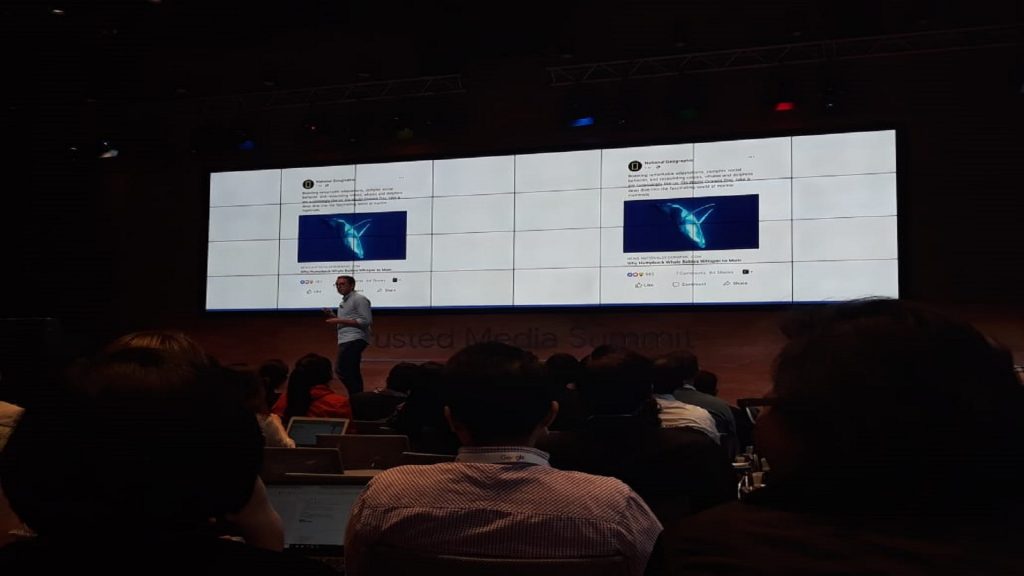By Scott Waide – EM TV News
Regional news content producers and other stakeholders are currently meeting at Google’s Asia-Pacific Headquarters in Singapore to discuss methods on how to combat misinformation or fake news.
The collaboration is driven by Industry Google, Facebook, Storyful and the International Fact Checkers Network (IFCN).
Beyond the creation of fake accounts, the discussions centered around he creation of sophisticated network of fake websites created in foreign countries for both political disinformation and short term profit.
Debunking fake news through research, education and technology has become a genre of its own. Various organizations including traditional news outlets like AFP and BBC are dedicating resources to combatting fake news through fact checking and reporting the fact checked content and dispelling fake news.
“It’s crossing borders and its crossing boundaries,” says Craig Silverman of Buzzfeed news, the news service known for its use of user generated viral videos. “The internet is important to us.”
Silverman and the Buzzfeed team, taken debunking to a whole new level by using crowdsourcing tools and applications normally used by marketers and cyber investigators.
“And these are tools not designed for journalists, but we’ve found them useful.”
Over 10 years, fake news has become so much of a concern for mainstream and online news platforms. The concerns have been largely driven by the rise of user generated content on social media sites like Facebook and Twitter.
Increasingly, those at the forefront of debunking fake news have been thrust into the global discourse. Most of the players are small non-profit organizations who have becoming involved in debunking things like the supposed Russian involvement in US politics.
Again, we are being reminded that fake news knows no boundaries.
Others like the online news service, Storyful did an investigation which proved how a group of Macedonian teens had tried to interfere in US politics by spreading fake news that supported US President Donald Trump prior to the elections.
Why did they do it? For internet traffic from the US and for short term profit. As one commentator put it during the session, US eye balls are worth much more.
But fake news is as diverse as the Asia-Pacific region.
In some countries, fake news and misinformation is being sponsored by government. In other countries, fake news is on mainstream media. The internet is making the ‘weaponizing’ of fake news a serious concern.
“We’ve also found instances where right-wing organization in the US are training right-wing groups in Europe,” said one presenter.
Where do we stand as a country?
We are on the crossroads. With increasing access to technology and the internet, Fake news will soon become a serious cyber crime concern if we are not concern. The solution is not to ban social media or have stricter laws put in place by NICTA. We all know that won’t work.
The solution is to involve the media and those who produce the content and to leverage to tools offered by internet giants like Google and Facebook to both debunk and clamp down on misinformation.


